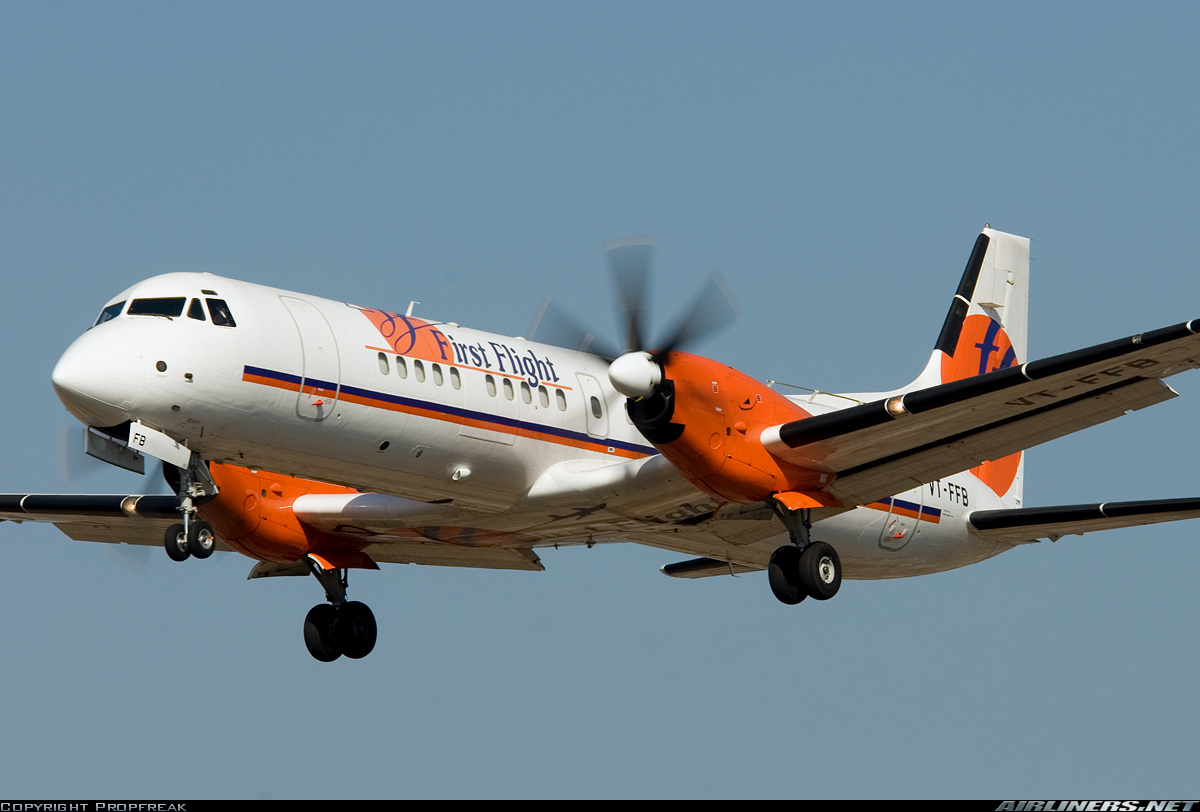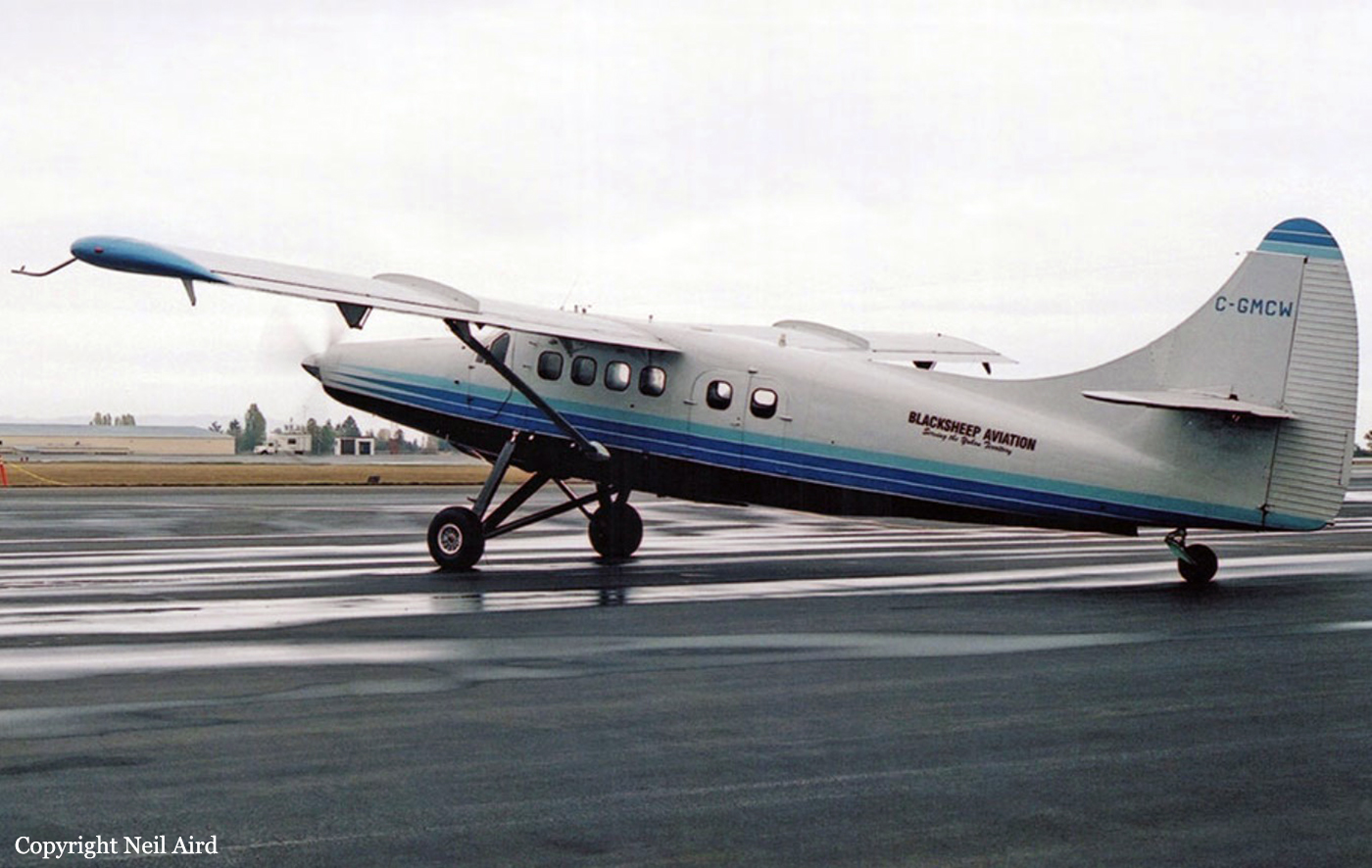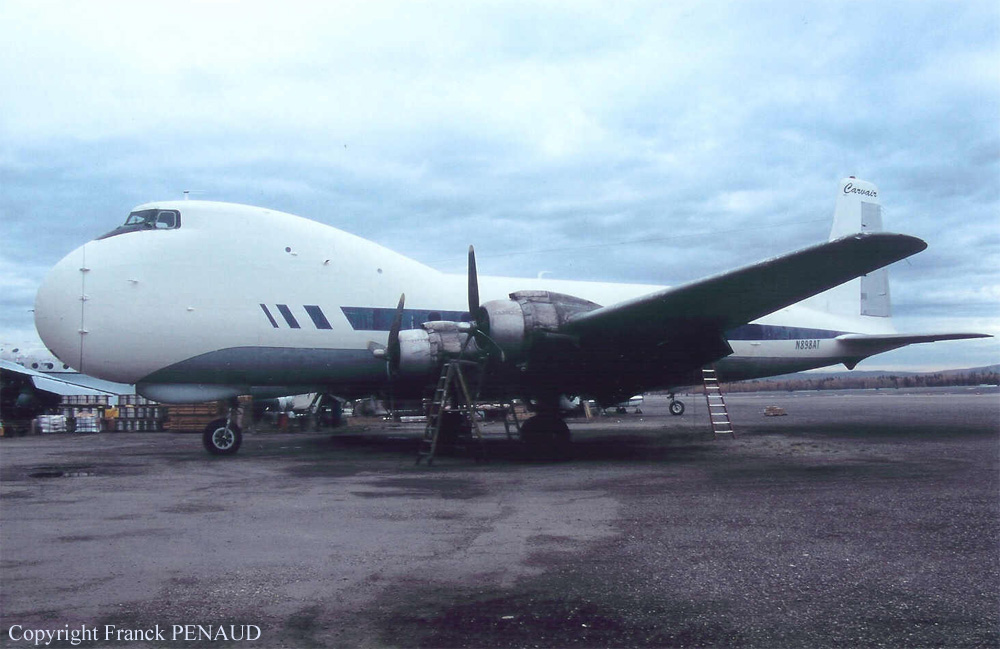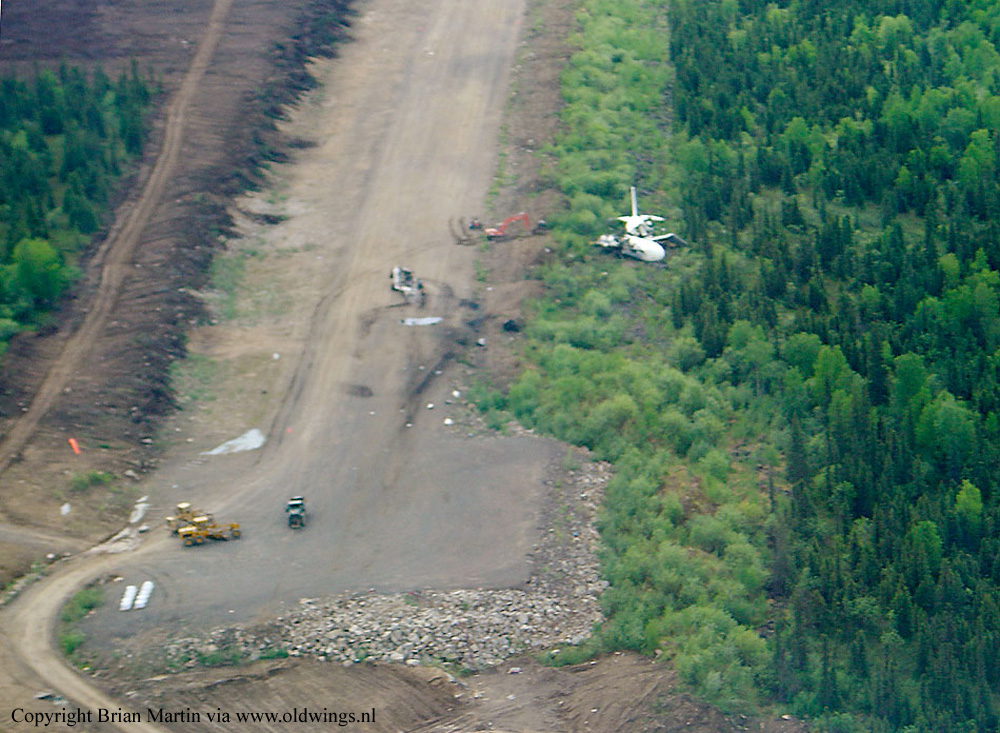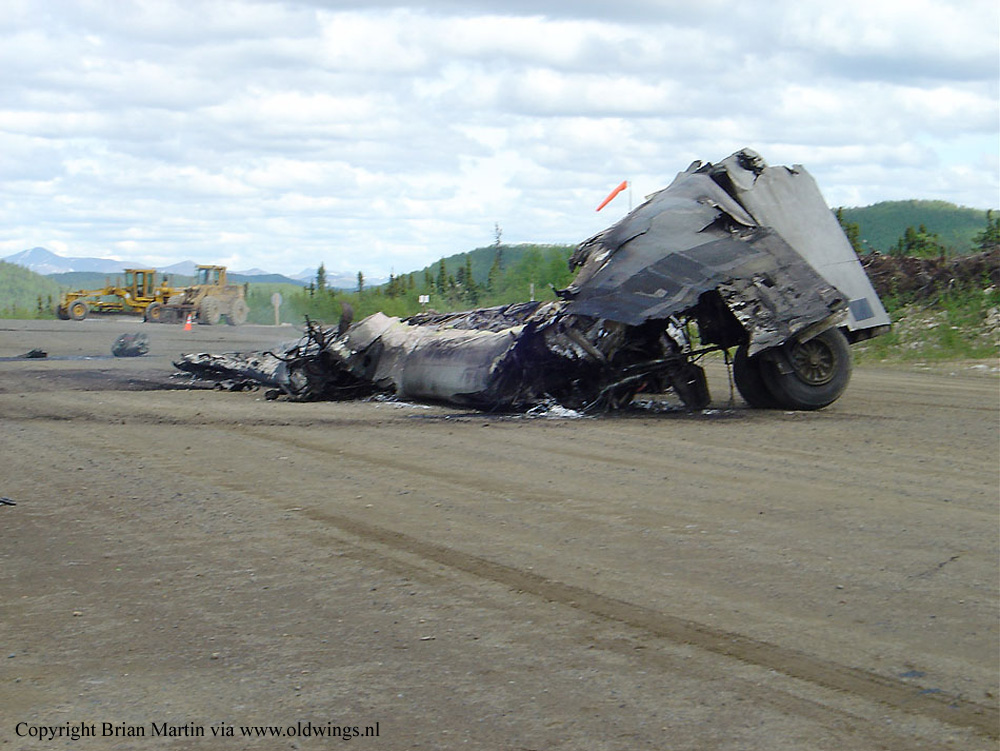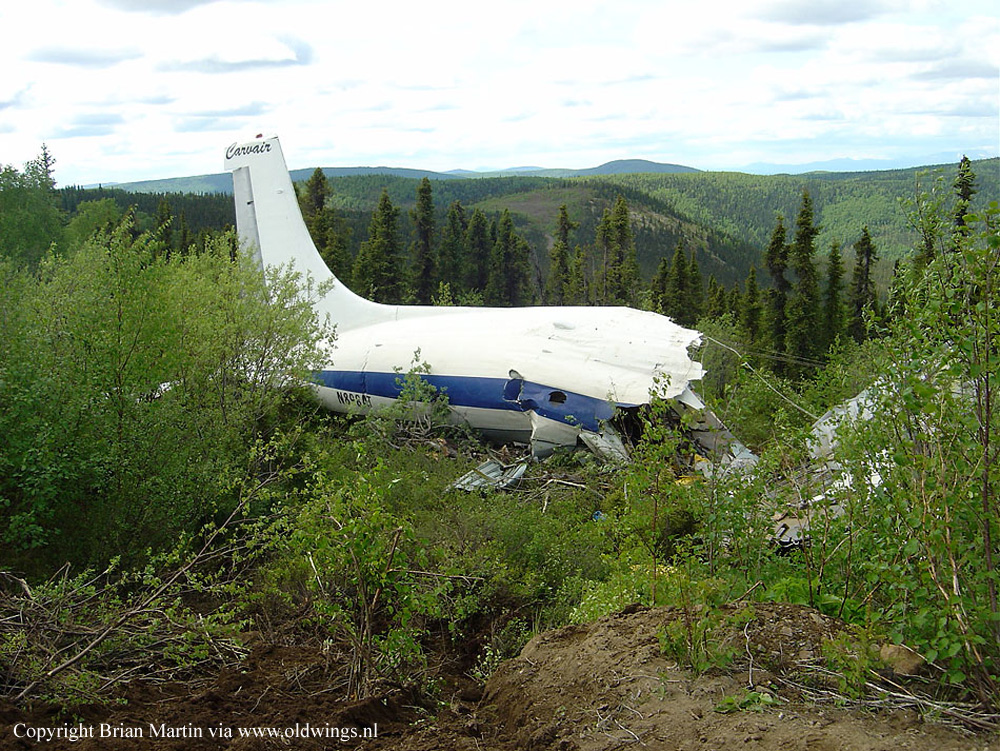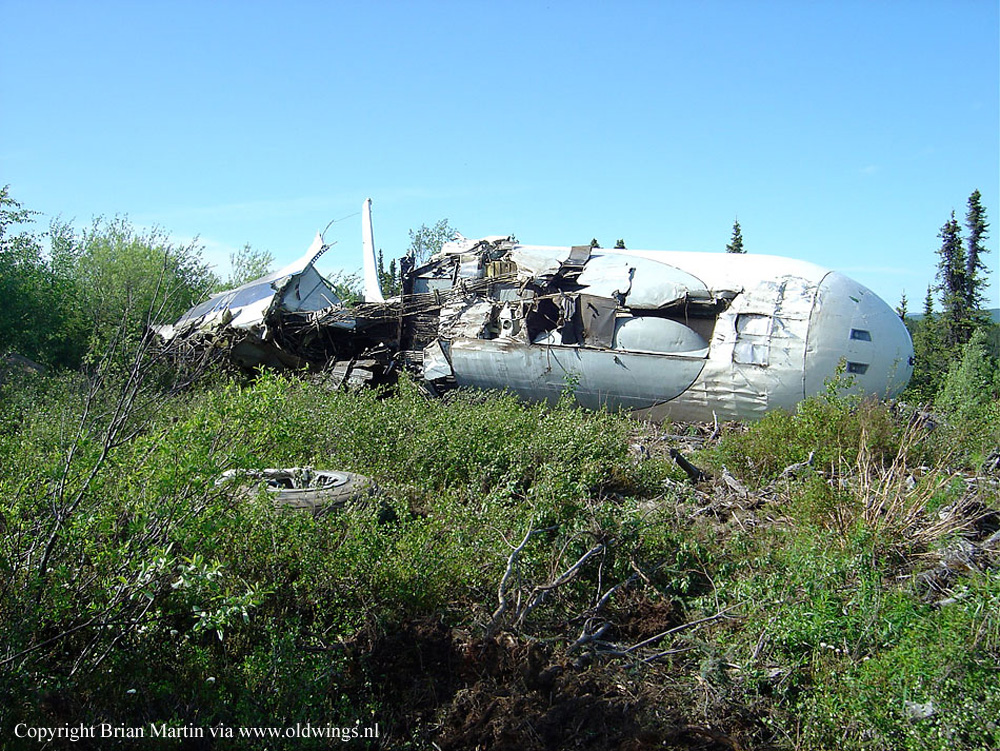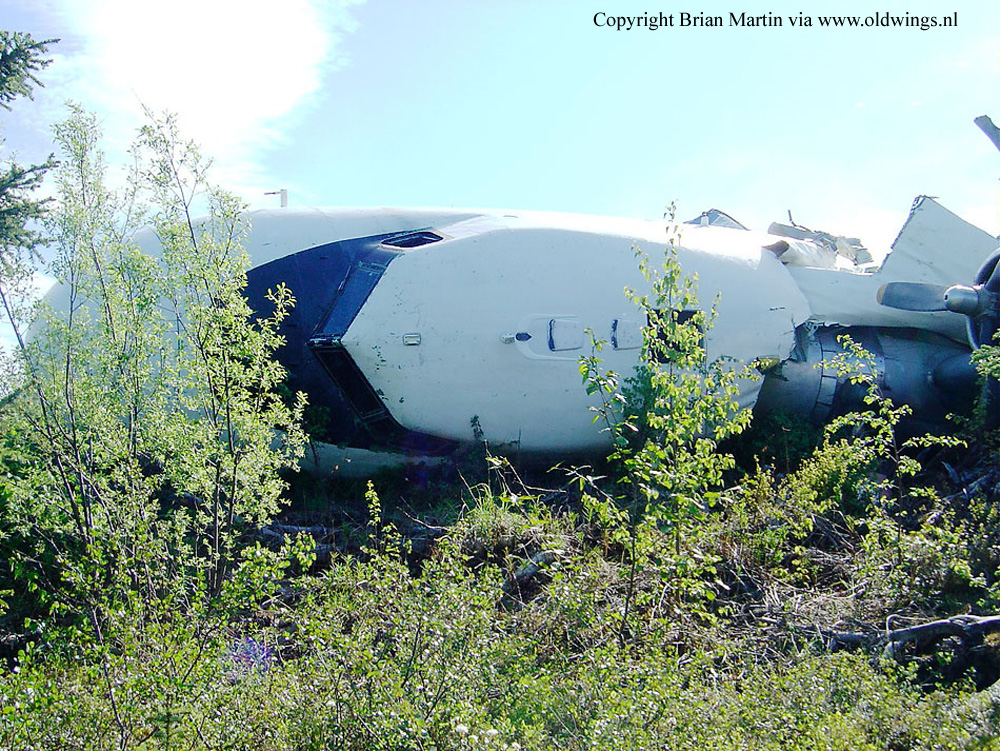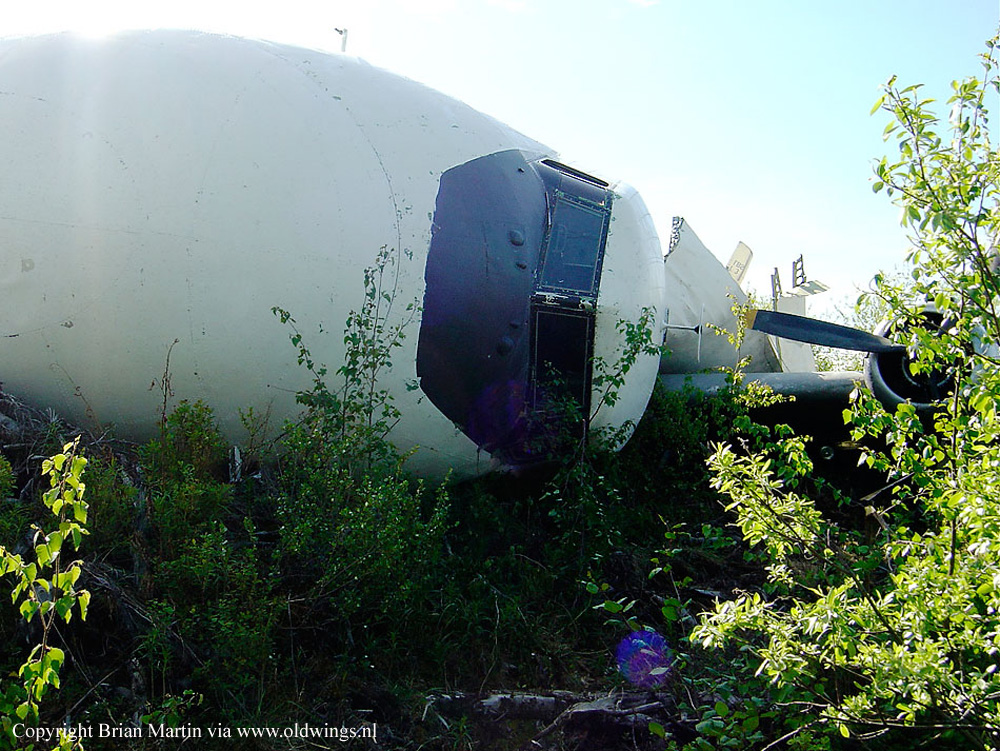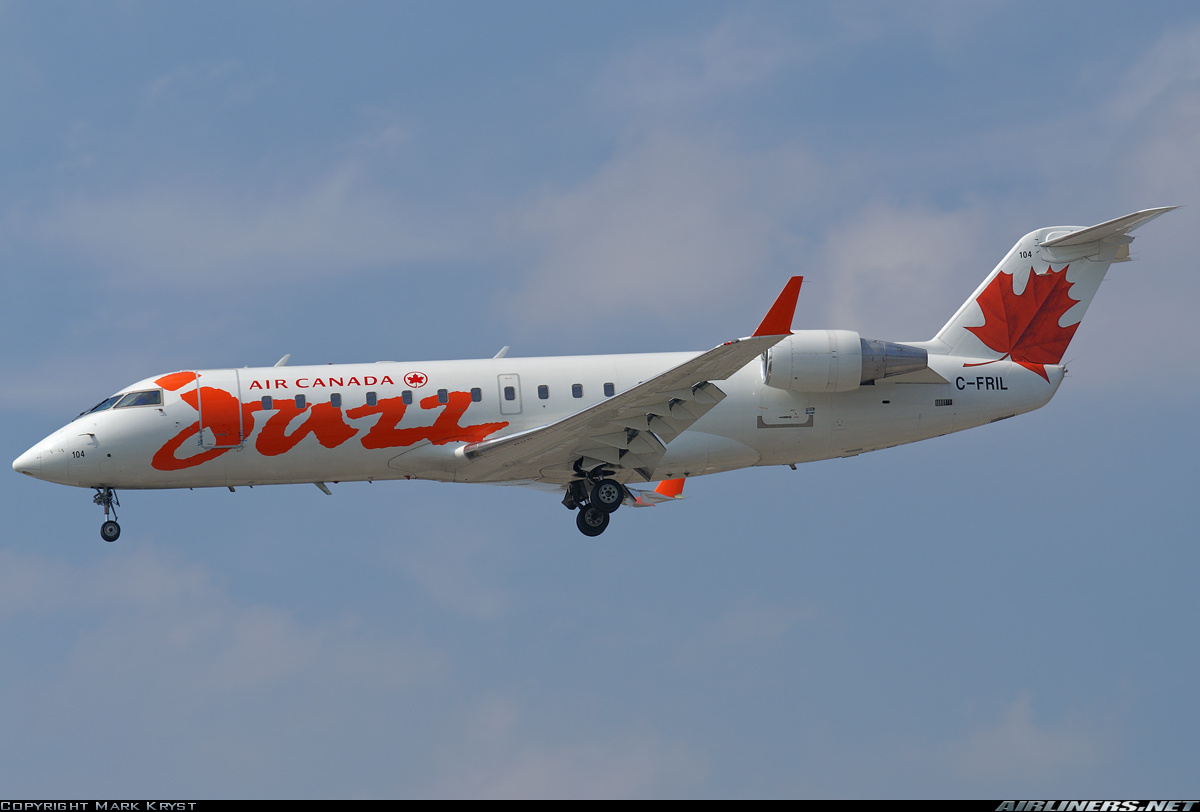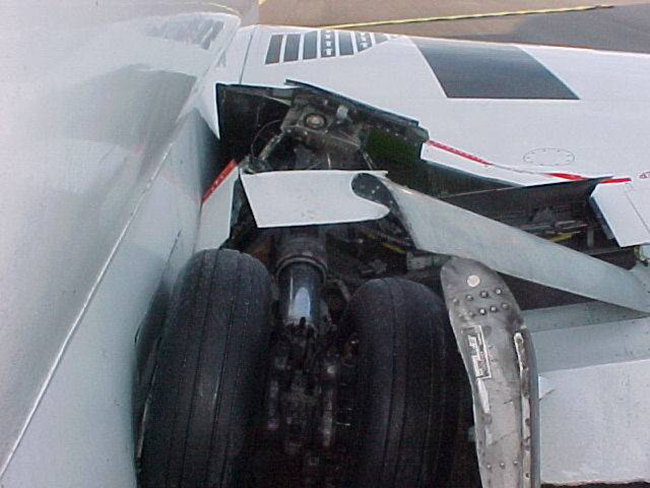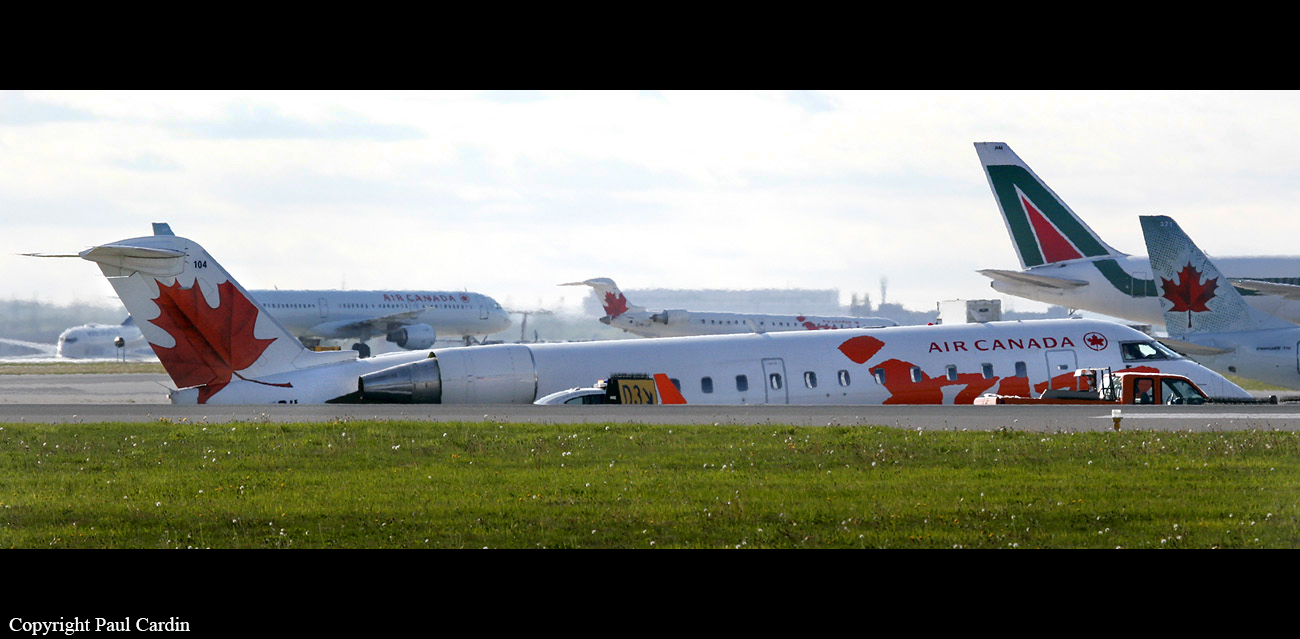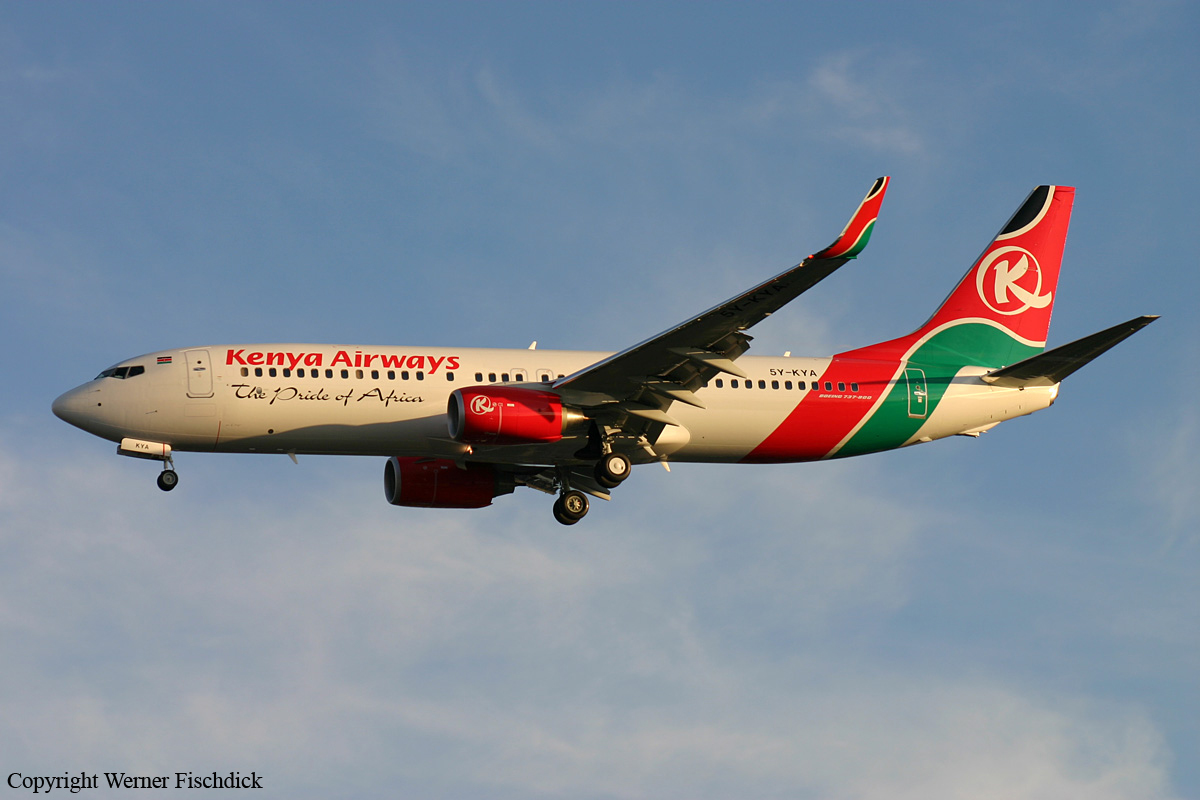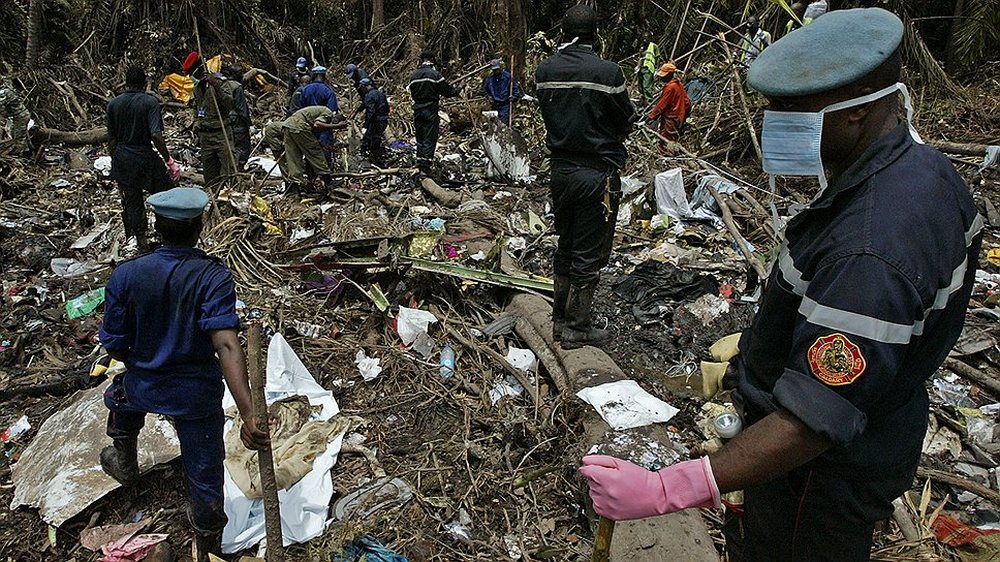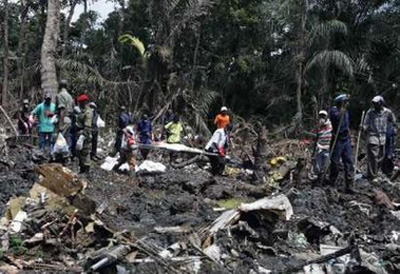Crash of a BAe ATP in Chennai
Date & Time:
Jun 15, 2007 at 0850 LT
Registration:
VT-FFB
Survivors:
Yes
Schedule:
Bombay – Bangalore – Madras
MSN:
2039
YOM:
1991
Crew on board:
2
Crew fatalities:
Pax on board:
0
Pax fatalities:
Other fatalities:
Total fatalities:
0
Circumstances:
The crew was completing a cargo flight from Bombay to Madras with an intermediate stop in Bangalore. On final approach to Madras Airport, the aircraft nosed down and landed nose first. Upon impact, the nose gear collapsed and the aircraft slid on its nose for few dozen metres before coming to rest. A fire erupted but was quickly extinguished. Both pilots escaped uninjured while the aircraft was damaged beyond repair.
